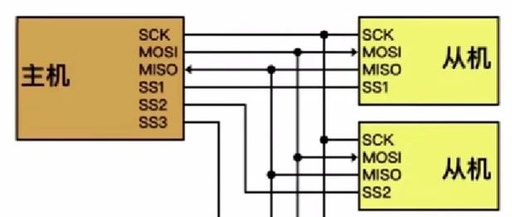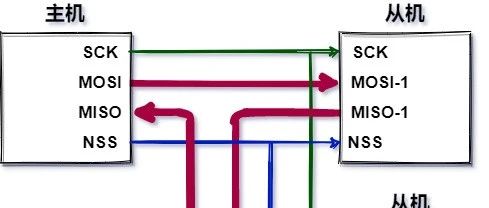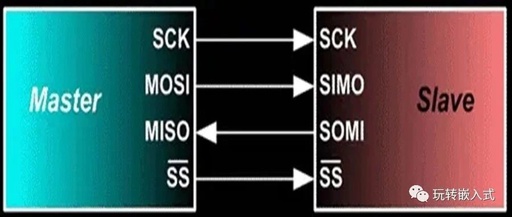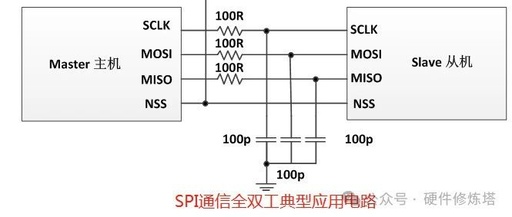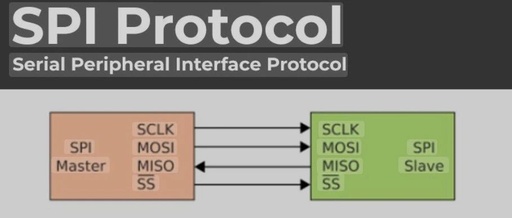Understanding SPI Communication (1)
The SPI protocol is a commonly used high-speed, full-duplex, synchronous serial communication protocol, widely used for data exchange with sensors (such as temperature sensors, pressure sensors, etc.), data storage and retrieval from storage devices (such as EEPROM, FLASH memory), control of display modules (such as LCD screens, OLED screens, etc.), communication with wireless communication modules … Read more
